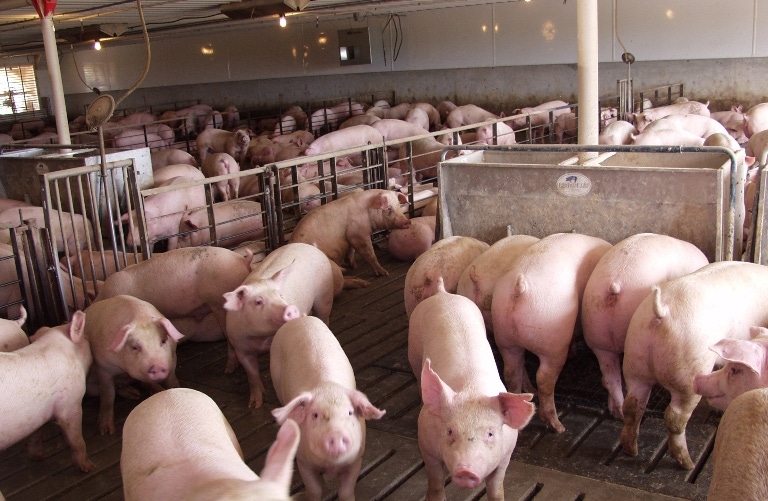June 27, 2014

Initial reaction to the United States Department of Agriculture’s (USDA) Quarterly Hogs and Pigs Report, released June 27, is that of disbelief. Kevin Bost, president of Procurement Strategies at Des Plaines, IL, didn’t believe the USDA numbers showing a decline in farrowing numbers from last winter to this spring.
“I have the utmost respect for the USDA and their comprehensive look at the numbers, but I don’t believe their numbers,” he said. According to Bost, only once going back to 1975 have the December-to-February to March-to-May farrowings declined this much. “We knew they would be down, but not by this much.”
The inventory of all hogs and pigs in the United States on June 1 was 62.1 million head. This was down 5 percent from June 1, 2013, and down 1 percent from March 1, 2014. Breeding inventory, at 5.85 million head, was down slightly from last year, but up slightly from the previous quarter. Market hog inventory, at 56.3 million head, was down 5 percent from last year, and down 1 percent from last quarter.
A big reason for the disbelief in the lower breeding numbers is that producers should be upping production to ride the wave of profitability spurred by lowered feed costs thanks to the lower corn grain prices.
“PED (porcine epidemic diarrhea virus) is not under control, even in the warmer weather, and that is being reflected in the small numbers of lighter weight hogs,” said Chris Hurt, Professor in the Department of Agriculture Economics at Purdue University in West Lafayette, IN.
Even with PEDV lurking, Bost, Hurt and Victor Aideyan, senior analyst with Hisgraiincommodities.com of London, ON, Canada, feel the swine herd should be increasing. “We have been hearing ‘never before seen margins’ so producers should be looking at some serious hedging, at the very least over winter, Aideyan said.
Hurt brought some rationale into the equation for the lack of expansion. “Pork producers dug themselves a deep financial hole with expensive corn the last few years, so maybe some bankers were holding them back,” he said. “Now the cash flow will put them back in good strong standing. … producers should be getting in touch with their CPA to be discussing income tax consequences.”
You May Also Like



